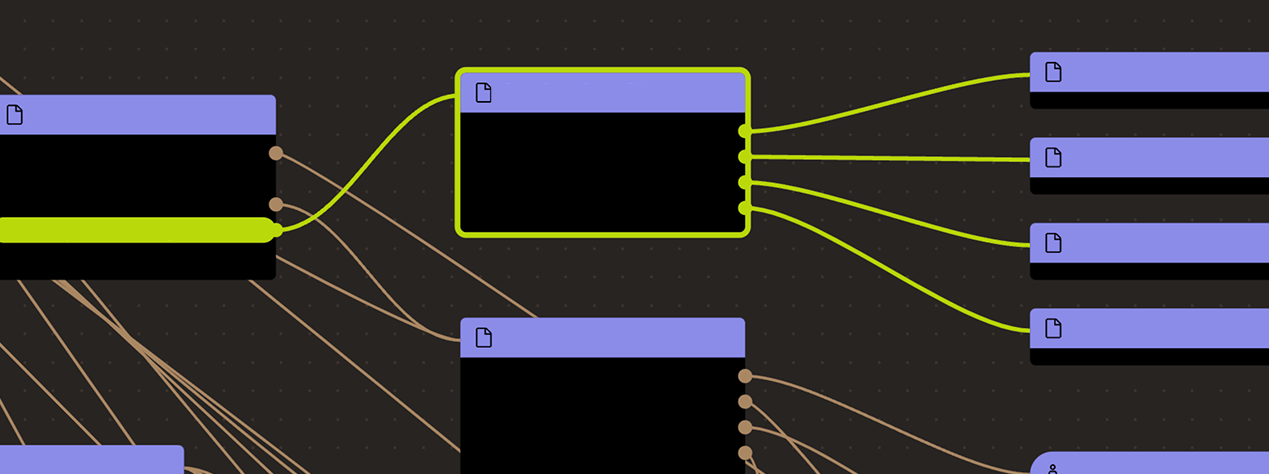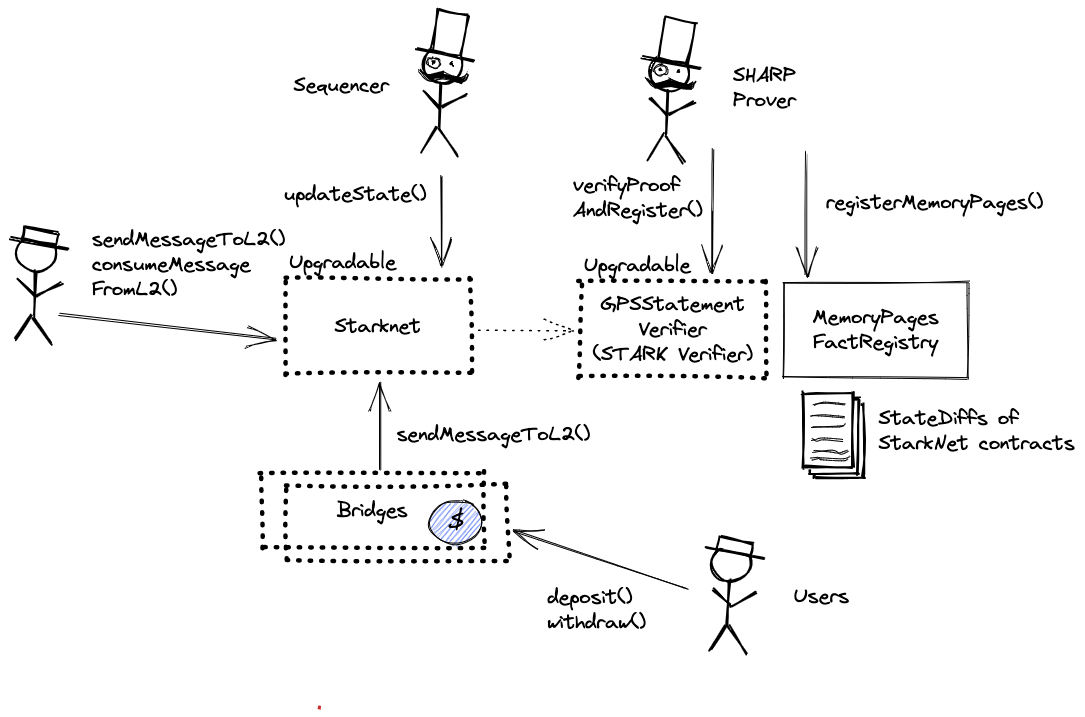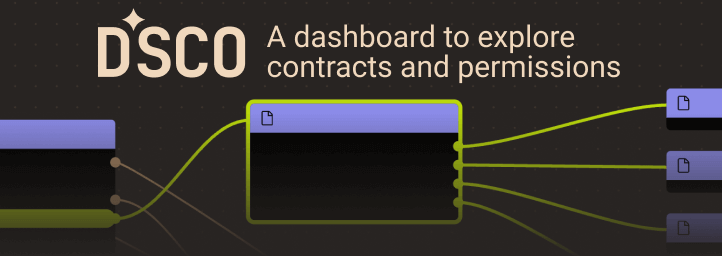Search
Search for projects by name
 Paradex
Paradex
Badges
About
Paradex is a high-performance crypto-derivatives exchange built on a Starknet Appchain.
Badges
About
Paradex is a high-performance crypto-derivatives exchange built on a Starknet Appchain.
2024 Nov 04 — 2025 Nov 03
This section shows how much data the project publishes to its data-availability (DA) layer over time. The project currently posts data to![]() Ethereum.
Ethereum.
2024 Nov 04 — 2025 Nov 03
This section shows how "live" the project's operators are by displaying how frequently they submit transactions of the selected type. It also highlights anomalies - significant deviations from their typical schedule.
2025 Oct 05 — Nov 04
Perpetual Options Launch
2025 Apr 1st
Paradex opens perpetual options trading to all users.
Paradex exits Open Beta
2024 Nov 7th
Paradex launches XP Warzone Season 1 and exits Open Beta.
Funds can be stolen if
Funds can be frozen if
Users can be censored if
MEV can be extracted if
There is no mechanism to have transactions be included if the sequencer is down or censoring.
STARKs are zero knowledge proofs that ensure state correctness.
All of the data (SD = state diffs) needed for proof construction is published onchain.
There is no window for users to exit in case of an unwanted regular upgrade since contracts are instantly upgradable.
Only the whitelisted proposers can publish state roots on L1, so in the event of failure the withdrawals are frozen.
All data required to reconstruct rollup state is published on chain
State diffs are publish onchain as blob or calldata on every state update. The state diffs contain information on every contact whose storage was updated, and additional information on contract deployments. From diffs full system state can be recovered. Contracts’ code is not published on L1, but can be trustlessly verified if available elsewhere.
Paradex uses stateful compression since v0.13.4.
There is no non-empty genesis state.
The data format has been updated with different versions, and the full specification can be found here.
Each update to the system state must be accompanied by a ZK proof that ensures that the new state was derived by correctly applying a series of valid user transactions to the previous state. These proofs are then verified on Ethereum by a smart contract.
The system has a centralized operator
MEV can be extracted if the operator exploits their centralized position and frontruns user transactions.
Users can't force any transaction
There is no general mechanism to force the sequencer to include the transaction.
Users can be censored if the operator refuses to include their transactions.
Emergency exit
There is no generic escape hatch mechanism as Starknet cannot be forced by users into a frozen state. Note that a freezing mechanism on L2, to be secure, requires anti-censorship protection.

Ethereum
Roles:
Permissioned to regularly update the state of the L2 on L1. Each state update must have been proven via the SHARP verifier and contains state diffs for data availability.
Permissioned to manage the Operator role, finalize state and change critical parameters like the programHash, configHash, or message cancellation delay in the core contract.
Actors:
A Multisig with 2/4 threshold.
- Can upgrade with 8d delay
- SHARPVerifierCallProxy - acting directly with 8d delay
- Can interact with SHARPVerifierCallProxy
- manage the upgrade admin amd access control roles
- set custom implementations for specific operators (changes the verifier based on who calls it)
A Multisig with 2/5 threshold.
- Can upgrade with no delay
- Paradex
- A Governor - acting directly
A Multisig with 3/6 threshold.
- An Operator - acting directly


Ethereum
Shared Starkware SHARP verifier used collectively by Starknet and other SN stack and StarkEx projects. It receives STARK proofs from the Prover and verifies the integrity of the offchain execution including a correctly computed state root which is part of the Program Output.
Upgradable call proxy contract through which the SHARPVerifier can be called. A call proxy does not delegatecall and the storage context remains at the target contract. It allows SHARP Multisig to change the otherwise immutable verifier contract with 8d delay.
- Roles:
- admin: SHARP Multisig
- appGovernor: SHARP Multisig
- governanceAdmin: SHARP Multisig
Standard Starkware bridge escrow (single token). Withdrawals can be throttled to 0% of the locked funds per 24 hours.
- Roles:
- admin: Paradex Multisig 2
- govAdmin: Paradex Multisig 2
- secAdmin: Paradex Multisig 2
- secAgent: Paradex Multisig 2
- This contract stores the following tokens: USDC.
Auxiliary to the SHARPVerifier contract: Verified ‘memory fact pages’ get stored here. This is important as it registers all necessary onchain data produced by the verifier.
Value Secured is calculated based on these smart contracts and tokens:
Paradex USDC Escrow. The current bridge cap is 175 M USDC.
The current deployment carries some associated risks:
Funds can be stolen if a contract receives a malicious code upgrade. There is no delay on code upgrades (CRITICAL).
